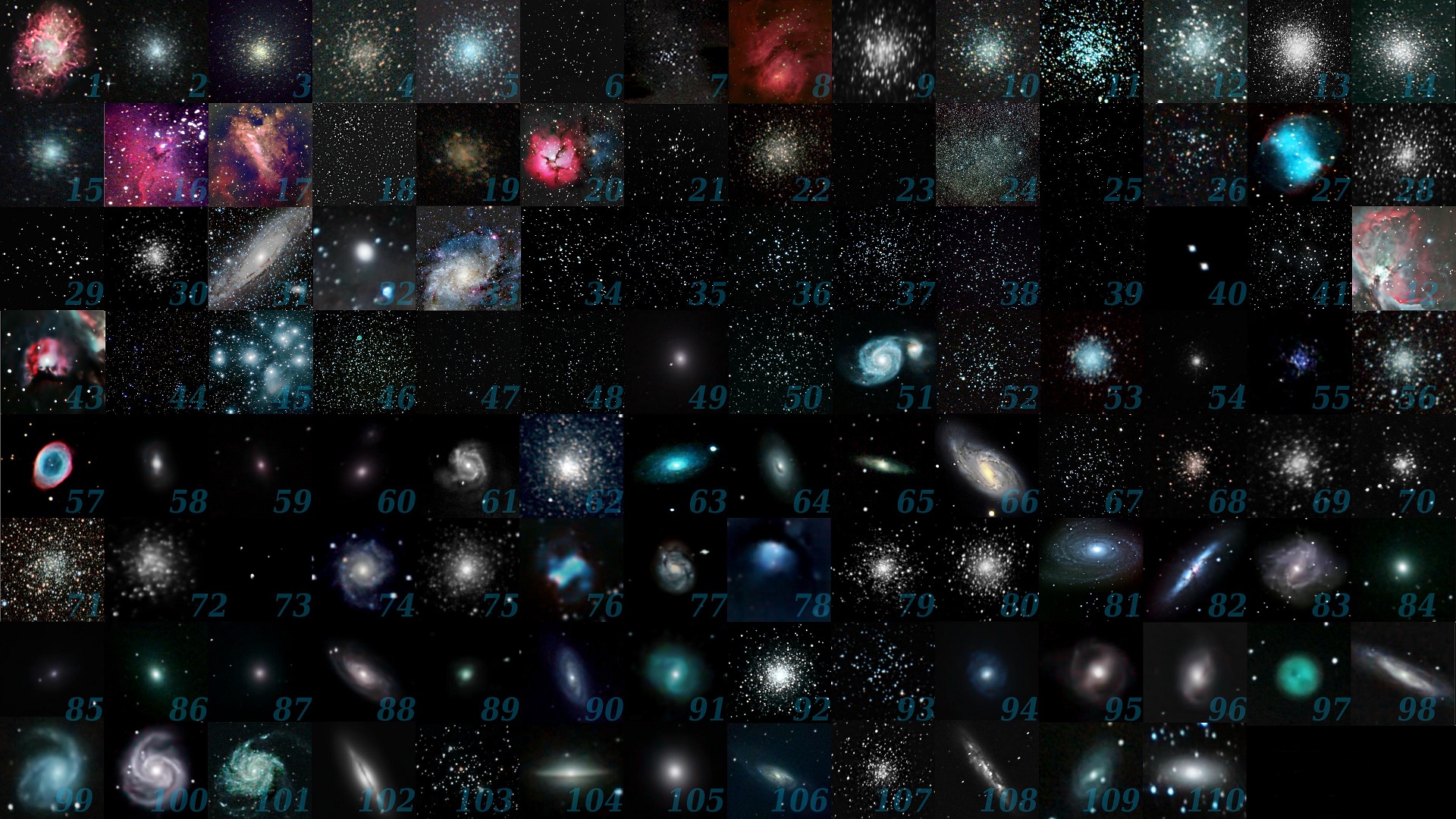I2AO Part 6: Catalogues and Planning an Observing Session
Back to the Index of I2AO (Introduction to Astronomy Online)
PART 6: CATALOGUES and PLANNING AN OBSERVING SESSION by Lesa Moore
-----------------------------------------------------
There are many catalogues used by astronomers to locate and identify celestial objects including stars and deep-sky objects (galaxies, clusters and nebulae). The catalogues of most use to the beginning astronomer are the Messier Catalogue (M objects), the New General Catalogue (NGC objects) and the Index Catalogue (IC objects).
- The Messier Catalogue was compiled by Charles Messier, a comet hunter. As he was searching for comets, which appear as fuzzy patches in a telescope and change position with respect to the background stars, he also noted fuzzy patches that did not move from night to night. To avoid revisiting these non-cometary objects over and over, he decided to catalogue them. The work built over time and his published catalogue of 1781 contained some previously-known objects as well as the ones he'd found. Later additions brought the total to 110 fuzzy blobs that are not comets. This catalogue is a great starting point, as most objects may be observed with a modest-sized telescope (4" diameter).
Figure 1 below: The Messier objects, numbered.
Image Credit: Michael A. Phillips - http://astromaphilli14.blogspot.com.br/p/m.html official blog.

- The New General Catalogue (NGC) was compiled by John Dreyer in 1888. It contains 7,840 deep-sky objects.
- The Index Catalogues are supplements to the NGC that were added by Dreyer in 1895 and 1908 and contain a further 5,386 objects.
2. Planning an Observing Session
- It is generally better not to be over-ambitious with an observing session. Depending in your familiarity with your telescope (or other equipment), you may only have time to observe a few objects.
- A good starting point is the Moon, which is easy to locate, and may be viewed with binoculars (best on a tripod) or telescope. Note, however, that viewing the Moon may temporarily ruin your dark adaptation. Use a filter if you have one, or save the Moon viewing until after you have observed your other objects.
- The naked-eye planets are easy to locate and make easy targets for beginners. They provide an opportunity to experiment with different eyepieces to see how the magnification changes. Note that higher magnification means a smaller field of view, so the object will move out of the field more quickly if there is no tracking.
- Deep-sky objects are more easily observed when there is no Moon. Pick dates from third quarter to new Moon to view faint targets.
- For all objects on an observing list, consider which part of the sky they are in. The objects in the west may set during your available time, so observe them first.
- To select deep-sky objects, use a planisphere or planetarium program to work out which constellations are available. Then, review the Messier or NGC catalogues to see which targets are in those constellations.
- Targets that cannot be readily seen naked-eye, or even in a spotter scope, may be located be star-hopping or using an electronic device or in-built computer (assuming the telescope has been properly set up and aligned).
- In the summer time, don't forget insect repellent.
- In the winter time, don't forget layers of warm clothing. The cold can really seep in when standing at a telescope for an extended time.
- For all backyard observing, turn off house lights and garden lights to make the environment as dark as possible so that you will be able to see faint objects in the telescope.
- If your back yard is still too bright or you live too close to the city, consider travelling to a dark country site with your telecope.
Author: Lesa Moore, 12th June 2019

